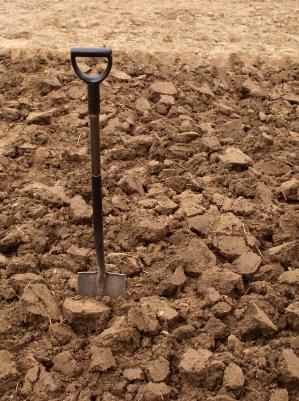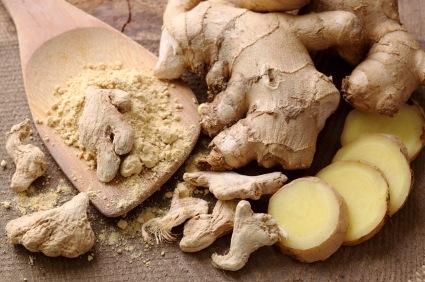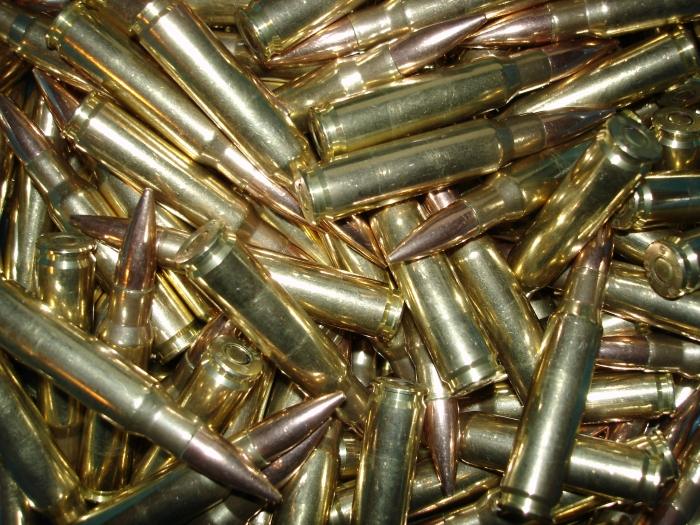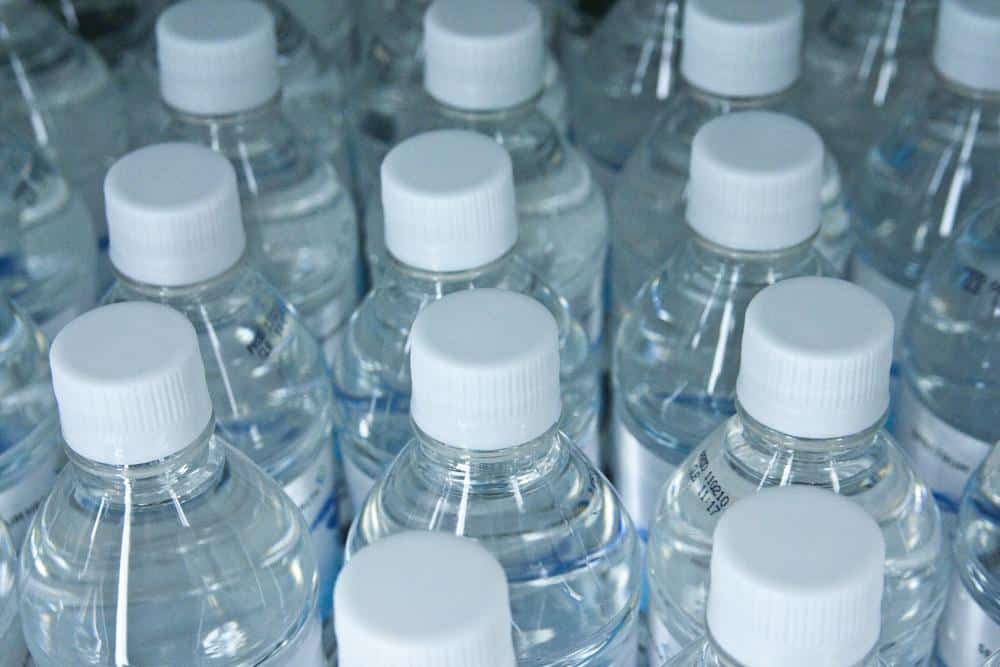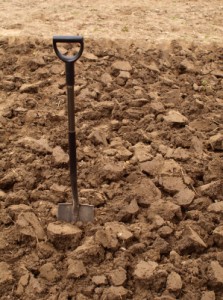 Dear Joel,
Dear Joel,
I have southern California clay soil with embedded/encased/entombed river bed-like rocks that range from pond skipping to softball size. It has made just growing grass difficult! I have been digging down about a foot and filling with various organic soil packaging from the local improvement stores.
I have also found the topsoil I have been using to replace the clayish soil I take out seems to have the wrong pH or something that makes it hard to grow the grass even if the soil is softer. What are the values and ways to measure pH to get things in optimal growing condition?
The third problem I have encountered is the amount of water needed now is more since the clay soil held the water. What is the best combination of soil additives to condition clay soil? What are the best water holder/gradual release components to add?
What might be the optimal depths for typical herb roots, typical vegetable roots, and typical dwarf fruit tree roots where I could leave a clay bottom to act as a water holding bowl for each of the three types of plants I want to grow?
I have also discovered short, fat about one-to-two inch segmented cream-colored grubs with a blue-grey head helmet. They are found alone, with about one every four square inches or so. Could these be eating roots? What are they? How do I get rid of them without hurting good bugs?
Thanks,
Chris
New Natural Fertilizer Doubles Garden Production…
Dear Chris,
I think you should move to Pennsylvania.
You’re exhibiting the behavior of a pathological engineer toward life. You’re dealing with a living community of beings in the soil. You have to be gentle, massage. It doesn’t respond to a half-Nelson wrestling session. The rocks give you wonderful minerals. But the minerals won’t become available until you have active decomposition. That’s why perennials, animals, periodic pruning (mowing), and rest are the pattern nature uses to build soil.
Here’s the deal. Soil is built with organic matter decaying. Tillage does not build soil. Soil likes to be fed on top of its head—that’s the way nature feeds soil—decaying things fall onto the soil surface; it’s not plowed, dug, tilled, or turned. If you plant your fruit trees with a couple of five gallons buckets of compost or well-rotted manure put back into the hole, and then a slowly decomposing mulch like wood chips or leaves placed around it out to the drip line (straight down from the circumference of the top of the tree) it will probably do reasonably well.
Chemical fertilizers harden soil, reducing tilth, killing microbes, and locking up nutrients that should otherwise be available. Plant things next to the rocks. Plants love rocks, as long as they have enough soil to root in. Bread from Stones is a wonderful book that addresses the benefit of rocks. But these rocks need nearby decomposition. That is easiest accomplished with harvesting by animals, but can also be accomplished with strategic mowing, compost application, and foliar feeding. Remember that animals must be rotated every day or two to allow rest between disturbances.
Adequate decomposition will rectify pH problems. These are all symptoms of a lack of decay. You must stimulate decay. Nature does that with herbivores and perennials.
And I don’t know what the grubs are, but yes, they could be eating roots. So you need moles to eat the grubs. Will you be happy with moles? Right, I didn’t think so. Try looking them up in a bug book to see if there are any specific solutions available.
Joel


